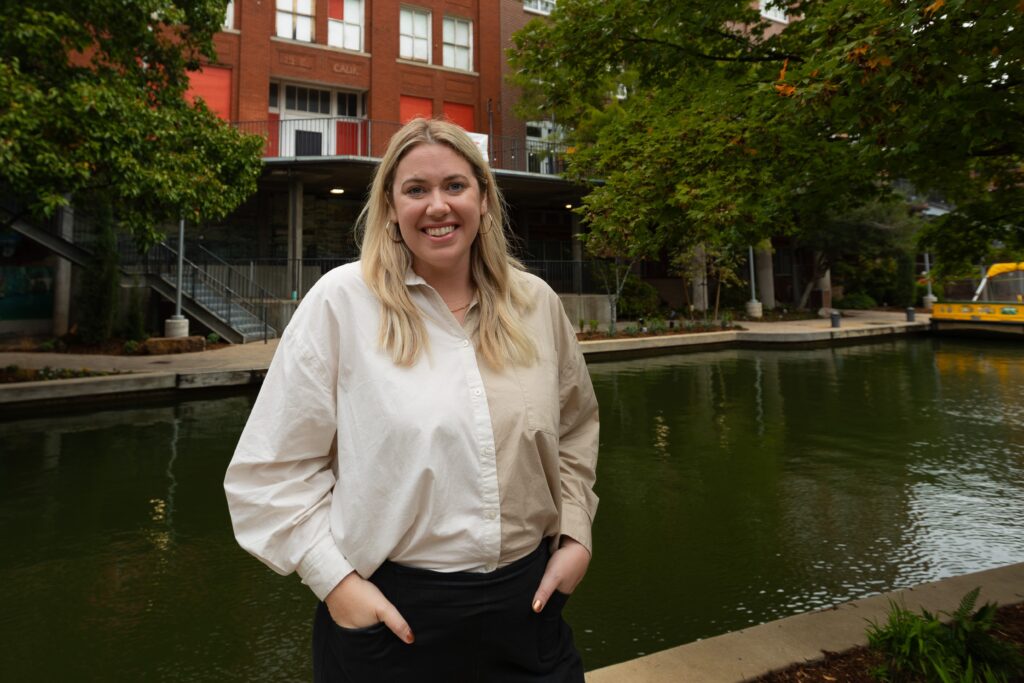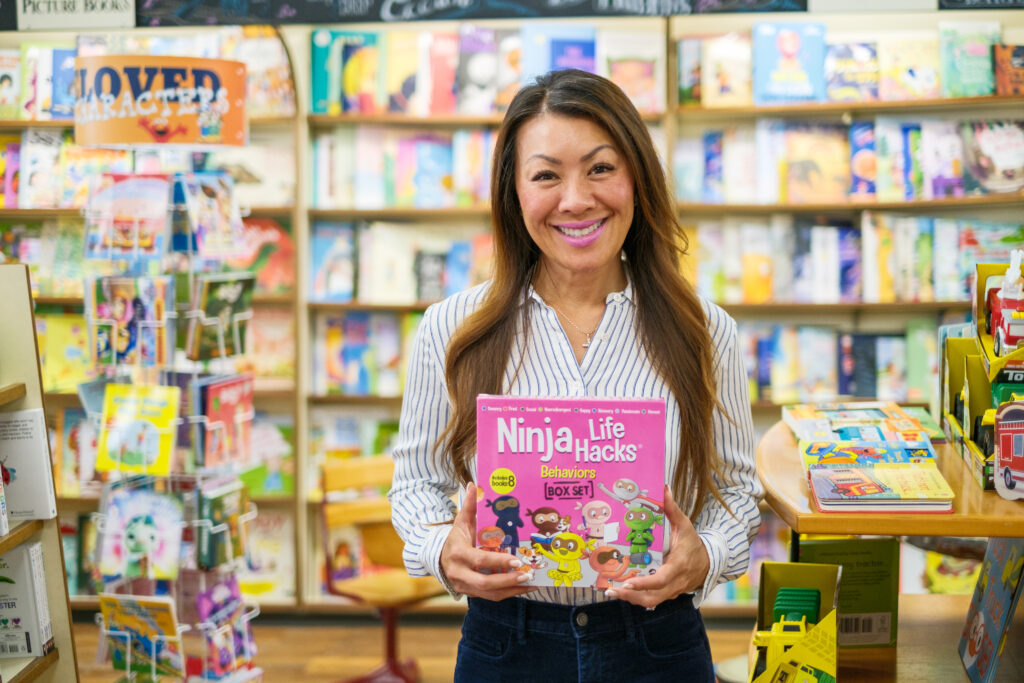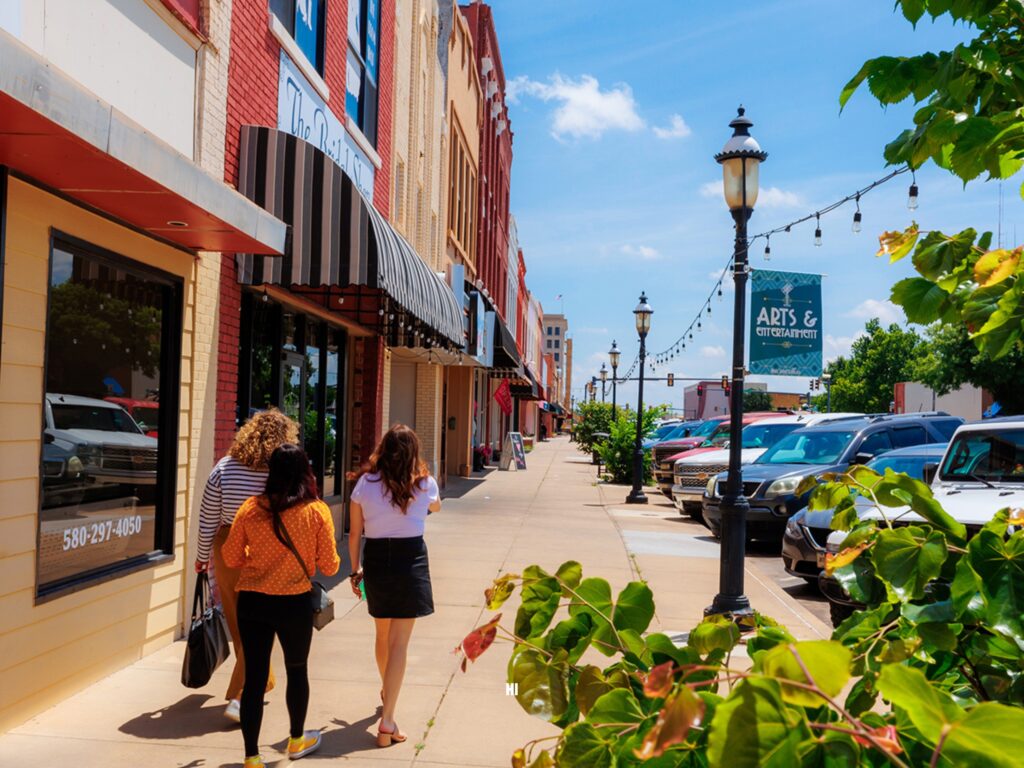Susan Moring is an investor, macrame artist, traveler, and gardener living in Oklahoma City, Oklahoma. From expanding the state’s first coding bootcamp to championing startup founders across the state, Susan has been instrumental in Oklahoma City’s blossoming tech industry. She sat down with Live in Oklahoma to talk about her life behind the desk and beyond the boardroom too.
Thanks for chatting with us! Can you give us a little look at your life in Oklahoma?
For me, living in Oklahoma is about experiencing great art and culture, being part of a burgeoning tech ecosystem, and exploring all the city has to offer with my husband, Zach, and two dogs, Carl and Cooper. I work for Cortado Ventures, a venture capital firm that invests in early-stage technology companies, and Zach and I live in Oklahoma City’s Gatewood neighborhood, just about a five-minute drive from downtown OKC. Gatewood is adjacent to the Plaza District, where I spend a lot of time shopping, eating, and volunteering.
Aside from study abroad and a summer internship in the Bay Area right after college, I’ve lived in Oklahoma my whole life. I get to travel a decent amount for work and for fun, but I’ve yet to visit another place where I could live in a neighborhood as cool as the Plaza District and still have a yard with a garden and space for my dogs to run and wrestle. It’s a really nice quality-of-life balance. I also love how quick and easy it is to get places. You can make dinner plans with a friend just 15 minutes in advance and get pretty much anywhere in the city on time. I always appreciate that about Oklahoma when I’m traveling in another city and am stuck in traffic!
So you’ve made a successful career for yourself in venture capital. You support entrepreneurs through Techstars, the largest pre-seed investor in the world. You helped start the state’s first coding bootcamp. Why has it made sense to stay put in Oklahoma?
I knew when I finished school that I wanted to work in startups and tech. Given that Oklahoma hasn’t historically been a tech hub, the tech ecosystem in Oklahoma is kind of a startup in itself. It’s exciting to be part of building that. In the San Francisco Bay Area, you’ll find the same number of venture capital firms on a single road as we have in the entire state. Living in Oklahoma meant that I can actually move the needle for our community. Hopefully in 30 years, we’ll be able to look back on a flourishing tech hub and say, “we helped start that.”
When people think of startups and tech hubs, their minds go to Silicon Valley, New York, Austin. Not necessarily Oklahoma. What’s the reality?
Oklahoma’s tech community has grown tremendously over the last decade. We’ve had some big startup success stories with Tailwind and Consumer Affairs, and we’ve opened top-of-the-line entrepreneurial spaces for techies and creatives like The Verge [in Oklahoma City] and 36 Degrees North [in Tulsa]. The amount of venture capital in the state has increased ten times in the last five years, and the growth we’re experiencing now is just the beginning.
Tech and VC is still a pretty new world for a lot of folks in Oklahoma, so a big part of what we do [in the Oklahoma tech community] is provide education and point people to the resources they need to find a co-founder, learn how to build an app, or raise financing for their startup.
For an Oklahoma newcomer, what could they expect of the tech community here?
I think newcomers would be surprised at how many resources are available and how easy it is to get plugged in and meet people. The community here is very open, welcoming, and collaborative, and we have a plethora of resources to support entrepreneurs across all stages, including university programs, incubators, accelerators, educational programming, coding bootcamps, and more.
Another thing I love about living in Oklahoma is that you’re never more than one or two degrees of separation from the people who can help you make it happen. For example, if you have a great idea but need buy-in from the mayor’s office or something similar, chances are you can get in front of them. Oklahoma’s a great place for career-oriented people for that reason.
Okay, let’s talk a little more about you. What does a typical day look like?
Most mornings I start the day with coffee — Elemental Coffee has our favorite beans in town. Then, I head outside to check on the vegetable garden and plan for the day.
I have about a 12-minute commute to my office in Bricktown, or a 20-minute bike ride if the weather is nice! My workday includes a lot of one-on-one meetings with entrepreneurs and other venture capital fund partners, so I try to schedule those out and about at coffee shops or lunch spots. I love working in Bricktown because I can walk up and down the canal while I take phone or Zoom calls. It’s gorgeous and it’s pretty quiet during the workday before the evening crowds come out.
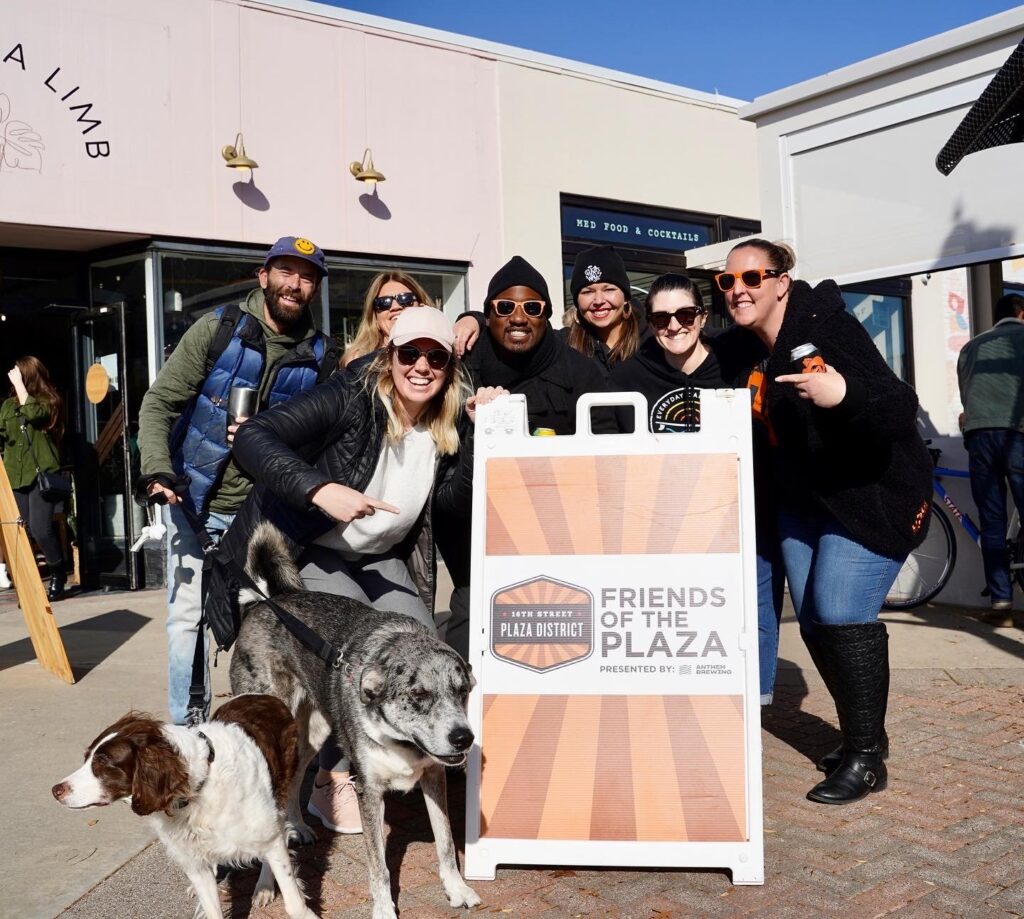
After work, I’m usually at a tech event, a happy hour at a local brewery, or meeting with one of the volunteer boards or committees I sit on. My husband and I love live music, everything from the Oklahoma City Philharmonic to local folk artists at the Blue Door, so in the evenings we may catch a show, get dinner in the Plaza District (right now New State is heavy in the rotation — best burger in town), or meet friends for drinks at one of our favorite patio bars like The Pump, The Other Room, or Good Times.
You’re also a small business owner. Tell me a little about Cord & Spark.
I, like many people, had a creative outlet that turned into a side hustle during the pandemic. I do macrame, a form of fiber art where you make designs and patterns with different types of knots.
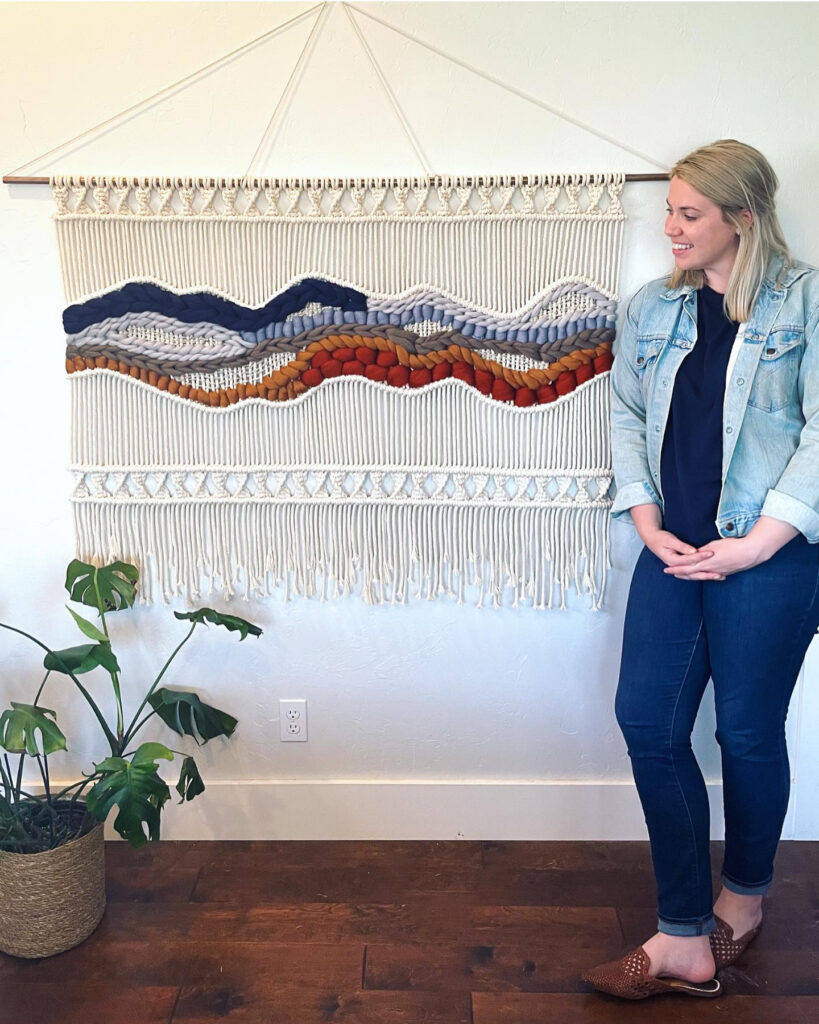
Oklahoma City has great arts districts, festivals, and events — plenty of opportunity to get in front of customers. When I got serious about selling my work, I was surprised at how easy it was to get plugged into pop-ups and retail opportunities and to collaborate with other local artists. I don’t do pop-ups too often anymore, but I still do custom orders and maintain my Etsy store from right here in Oklahoma City.
When you’re not working, what kinds of things do you do in your free time?
Live music, pub trivia at local breweries, walking the dogs at Scissortail Park or on one of the local trails. My husband Zach and I are big OKC Thunder fans and love to catch a game or a watch party. We also love the Beavers Bend State Park area in Southeast Oklahoma. The Ouachita National Forest is one of the oldest and largest national forests, and the hiking is gorgeous. It’s a perfect weekend getaway to escape from the city and get out in nature.
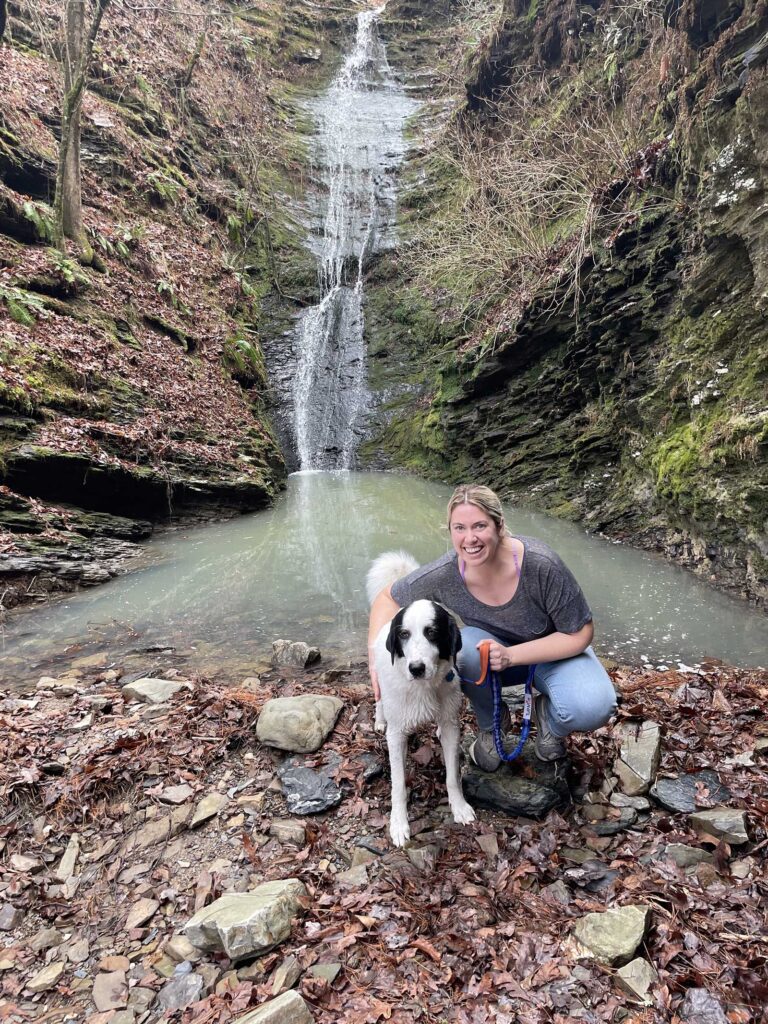
People have a lot of perceptions of life in Oklahoma. What do you think they get wrong?
I think people sometimes assume smaller cities have lower quality amenities. I don’t think that’s true at all for Oklahoma City or Tulsa. We may not have the quantity of restaurants you’d find in Chicago, but the quality of our food scene is totally on par with big cities. Oklahoma City has had Bon Appétit’s best new restaurant in America a couple of times (shout out to the folks at Nonesuch – so good!) and we have multiple James Beard award-winning chefs working on really creative concepts. It’s the same story for entertainment and public spaces like OKC’s Scissortail Park and the Gathering Place in Tulsa.
The “biggest small town in America” line is a bit cliché, but that’s because it works. We’ve got big-league entertainment and amenities, with super friendly people, and almost no traffic. What more could you want from living in Oklahoma?

